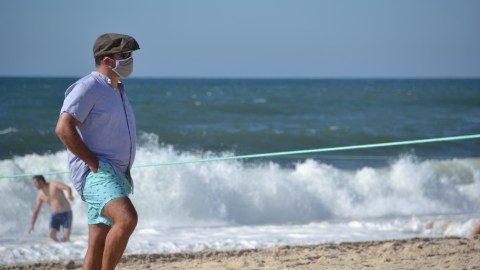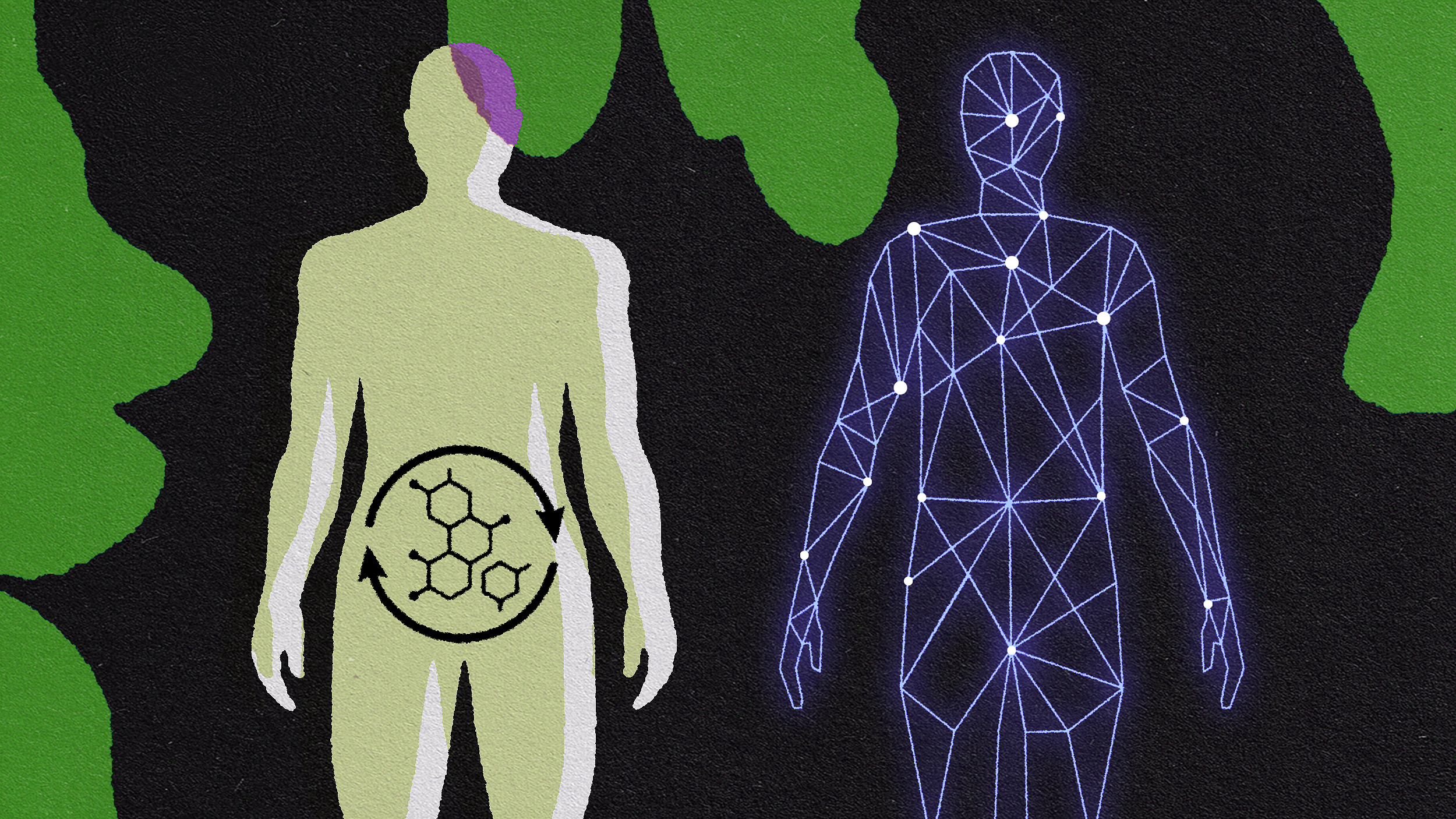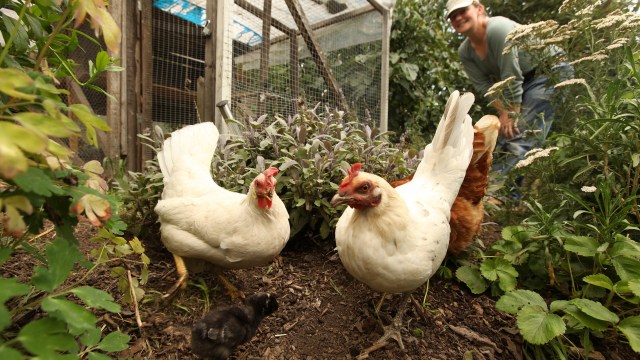Does warm weather impact COVID-19?

- Researchers around the world have been working to analyze and understand this virus since the global pandemic started earlier this year.
- While the first SARS-CoV virus (2003) did not circulate long enough for researchers to distinguish any specific seasonal pattern, daily weather did have an impact on the number of cases.
- Other studies from China, Australia, Brazil, and the UK take a look at how our weather can impact the transmission of COVID-19.
Many people believe warmer weather protects us from respiratory illnesses – but the reality is that COVID-19 is unlike many of the other respiratory illnesses we’ve seen. Researchers around the world have been working to analyze and understand this virus since the global pandemic started earlier this year.

How does weather impact the COVID-19 virus?Image by MIA Studio on Shutterstock
Studies of the first SARS-CoV (in 2003) might help us understand.
While this virus did not circulate long enough for researchers to distinguish any specific seasonal pattern, daily weather did have an impact on the number of cases. According to this study, new cases of SARS-CoV were 18x higher in lower temperatures (under 24.6°C).
Cold weather impacts your likelihood of getting sick in different ways.
One factor, according to Sciencing, that may increase your susceptibility in cold weather is how your sinuses respond to the humidity and temperature changes. Your nose is a natural air filter for your body. When you spend time in cold temperatures, your nasal passages dry out due to the constriction of blood vessels. When you return to warmer temperatures (like coming inside after time spent out in the cold), the sudden influx of moisture can cause your nose to run.
This usually forces you to breathe through your mouth, robbing you of the filter and making you susceptible to viruses or bacteria in the air.
Cold weather = more time spent indoors, which can increase the likelihood of transmission.
Regardless of the weather, it takes exposure to a virus to get a virus. One common reason why virus infections may become more common during cold months is that more people are spending time indoors (and together).
As research has determined, social distancing can heavily impact the spread of the COVID-19 virus. Being clustered closer together indoors can increase the likelihood of transmission, giving the effect of the virus spreading faster in the colder months.

How do things like humidity, rainfall and sunshine impact the spread of COVID-19?Photo by matuska on Shutterstock
Laboratory and observational studies of COVID-19 patients have shown there is an impact of humidity on SARS-COV-2.
Humidity and its impact on COVID-19:
A lab-generated aerosol of SARS-CoV-2 was stable at a humidity of 53 percent at room temperature (23°C). The virus had not degenerated much, even after 16 hours, and was more robust than SARS-CoV.
Although laboratory studies cannot be used to explicitly explain how the virus will act in the real world, these findings are very important in deepening our understanding of the virus and its transmission.
Another study in China (with more than 50 cases of COVID-19) found a link between humidity and reductions in COVID-19 cases. In this simulation, the team measured humidity as absolute humidity (the total amount of water in the air) and found that for every gram per cubic meter in absolute humidity, there was a 67 percent reduction in COVID-19 cases after a lag of 14 days.
Similar studies (with similar results) have been conducted in Australia.
Rainfall and its impact on COVID-19:
Rainfall may also impact the spread of the virus. Research out of Brazil looked at rainfall worldwide and confirmed a pattern: for each average inch per day of rain, there was an increase of 56 COVID-19 cases per day. There was no link found between the COVID-19 deaths and rainfall.
Sunshine and its impact on COVID-19:
A Spain study found (after 5 days of lockdown) the longer the hours of sunshine, the more cases there were of the virus. This positive association held true with a lag (between sunshine hours and cases) of both 8 and 11 days.
However, it’s important to note that this actually contradicts findings from Influenza research, which suggests a lower transmission with longer hours of sunshine. While influenza and COVID-19 are obviously different, it’s interesting to note this contrast, as they are both viral infections.
While all of these studies are interesting, does it really prove COVID-19 is impacted by weather?
Research out of Oxford actually lists reasons why people should not use these observational studies on the weather and COVID-19 cases to establish if the virus is more or less transmittable based on the season.
While it’s important to note that there are still things we don’t know about COVID-19 and that each country has different testing and studying methods, the more we know about how this virus behaves in different climates the more we can work to prevent further infection.





